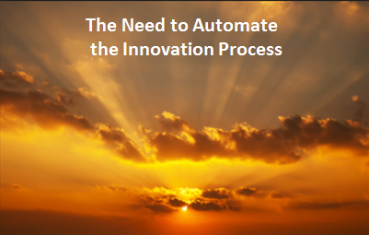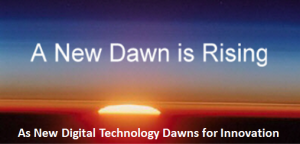 There has always been a consistent call to automate the innovation process.
There has always been a consistent call to automate the innovation process.
Now it might turn into a stampede, based on real ‘digital’ need.
We have made solid progress in the use of out-of-the box software for capturing ideas at the ‘fuzzy front end.’
We have developed pipelines and use product life cycle software systems to manage this through to commercialisation.
Yet today we still have a fragmented, often broken innovation process, very reliant on the manual processes, where the human intervention dominates.
Can this be changed? Technology must form a greater core of the innovation process.
Continue reading “The Need to Automate the Innovation Process”








